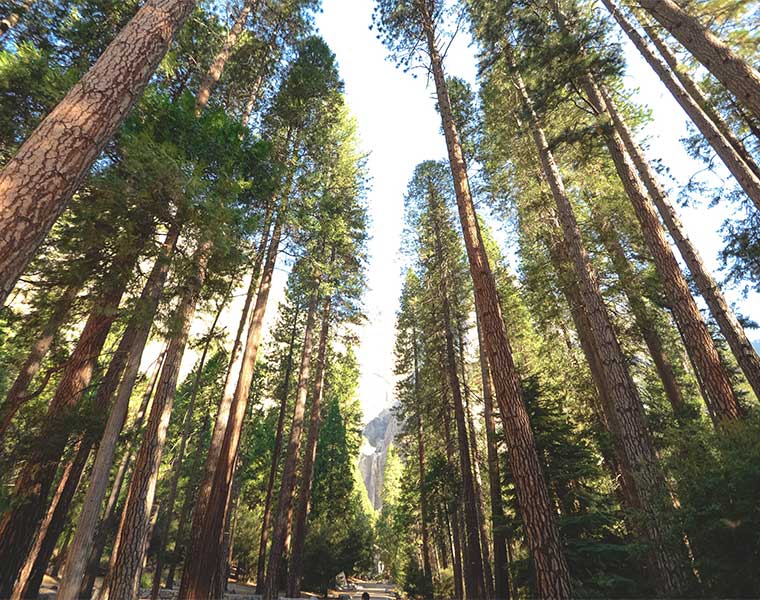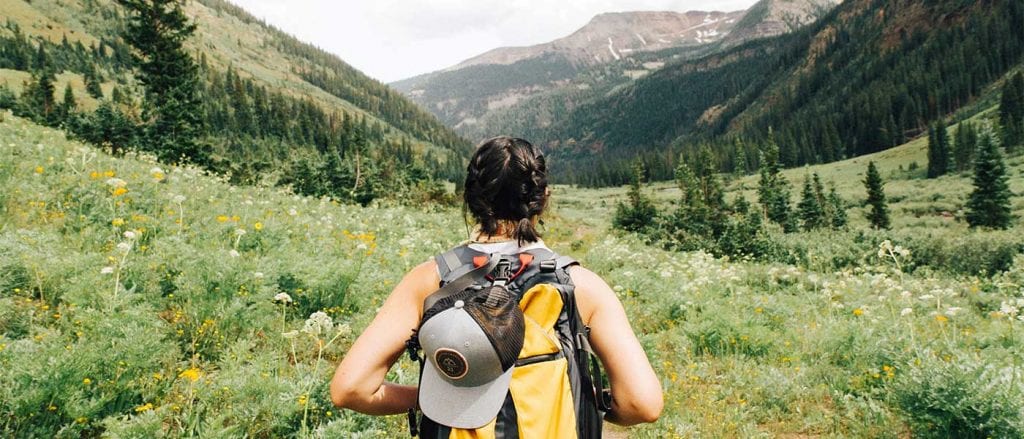What happens to your body after months of trekking? Benefits, risks and how to prepare
🎥 If the video has given you something, I'll be waiting for you on the channel 🙂 Subscribe
Have you ever wondered what exactly happens to your body after months of hiking trails and carrying your life on your back? The "before and after" photos of many diehard hikers, who have left their homes for months and hit the trail, are impressive: obvious weight loss, wild beards and that particular glow of having conquered something big. But what's really going on inside your body - is it all as positive as it seems, or are there hidden risks?
In early 2021, Professor Dr Edward Wise decided to find out for himself by hiking the Pacific Crest Trail for five months. He recorded everything from his bone density to his muscle mass and cholesterol levels, before and after the trail. His findings, along with other similar studies, offer a surprising and enlightening perspective on the effects of hiking on our bodies.
Impressive benefits: strong heart and efficient lungs
First, the good news. Prolonged hiking practically turns your body into that of an endurance athlete.
Extreme trekking is one of the most powerful endurance workouts available, with profound benefits for health and longevity:
- Cardiac and Pulmonary Strengthening: The heart becomes larger, stronger and more efficient. The lungs improve their capacity.
- The Holy Grail: VO2 Max: This is the star benefit. The VO2 Max measures the maximum amount of oxygen your body can absorb, transport and use during exercise. It is one of the more reliable indicators of cardiovascular health, aerobic performance and longevity. A meta-analysis of 41 studies showed that endurance training (such as prolonged trekking) increases VO2 Max by 16.3% on averageand even more so if it goes beyond 20 weeks! Walking for hours a day with weights on varied terrain is a sure-fire recipe for boosting this marker. It improves heart pumping efficiency (more blood with fewer heartbeats) and increases the capillary network and red blood cell count.
If you have done a long trek, I think you will have experienced it yourself. After several weeks of trekking, I personally have clearly noticed how my physical endurance has improved, and I have been able to tackle long stages with much less fatigue than at the beginning.
The hidden face: bones and muscles under pressure
However, not everything is positive. The extreme and prolonged stress of walking 15-20 kilometres a day for months at a time has significant negative consequences. One of the most striking findings is the reduction in bone density. The study reported losses of 5%, similar to the deterioration suffered by astronauts after months in space.
The comparison is not exaggerated: the loss in 5 months can be equivalent to 20 years of ageing. Most worrying: one study showed that 9 out of 17 astronauts no regained their bone density when they returned to Earth.
Fortunately, hikers like Wise did regain it months later, but the risk during the trek is real. This loss is usually temporary and reversible once the intense period of trekking is over, but the warning is clear: nutritional care is essential.
This happens because, in extreme and prolonged situations, the body goes into "survival mode", prioritising essential functions such as the heart and brain, and deactivating others such as the reproductive system and bone maintenance. Without adequate nutrition, the body literally starts using bone minerals to support other critical functions.
Muscle wasting and risk of injury
Another critical point is the loss of muscle mass, particularly in the upper body, which trekking geeks half-jokingly refer to as "T-Rex syndrome", resulting in a developed lower body and a weakened upper body.
This combination weakened bones + shrunken muscles + extreme daily physical stress - creates the perfect breeding ground for injuries:
Alarming rate of injuries: The studies cited indicate that Even 50% long distance hikers suffer a major injury! Stress fractures (especially in feet and tibias), severe sprains, tendonitis (such as the dreaded "hiker's knee") and inflammations are commonplace. Comparatively, only 30% of marathoners get injured during training. The key difference: recovery. The runner returns home, eats well and sleeps in a bed. The hiker sleeps on the ground (often badly, as many of us report, because of discomfort or residual stress), struggles to take in enough calories, and carries the backpack again the next day, with no real rest. Accumulated fatigue is lethal to the tissues.
Sleep on the road: a crucial factor
Many hikers - including many of us - have problems getting a good night's sleep en route. Sleeping on a thin mattress or mat, with stones digging into your back, can impair rest and negatively affect muscular and mental recovery. My practical advice is not to skimp on a good insulating mat and, if possible, alternate nights in shelters or comfortable accommodation to ensure quality rest.
Keys to minimising risks and maximising benefits
To maximise the benefits of trekking and minimise the risks, follow these practical tips:
- Adequate nutritionEat foods rich in essential minerals such as calcium and magnesium, which are essential for your bones and muscles.
Intake 5000-6000 calories quality (not just energy bars) in the middle of nature is a logistical and physiological challenge. Chronic calorie deficit is the main trigger for "survival mode" and its consequences (bone/muscle loss, hormonal shutdown). Prioritising nutrient and calorie dense foods (nuts, oils, complex carbohydrates, sufficient protein) is crucial. Supplementation (especially Vitamin D and Calcium) can be a valuable aid in protecting bones.
- Restorative restInvest in quality sleeping equipment and plan intermediate stages in lodges or shelters for a good night's rest.
Restful sleep is medicine. Minimising discomfort (a good insulating mat is an investment, not a luxury), managing stress, and listening to the body to take rest days or shorter stages when necessary are vital strategies. Allowing the body to repair itself makes the difference between getting stronger and breaking down.
- Constant hydrationAdequate hydration maintains your vital functions and prevents injury and bone wasting.
- Intelligent planningAdjust the stages to your fitness level and avoid pushing yourself too hard in the first few days to give your body time to adapt.
Long-distance trekking has a significant impact on your body, with impressive benefits but also significant risks. The key is to find the right balance between effort and recovery, ensuring good nutrition, adequate rest and constant hydration.
Don't miss any adventure in the Pyrenees!




